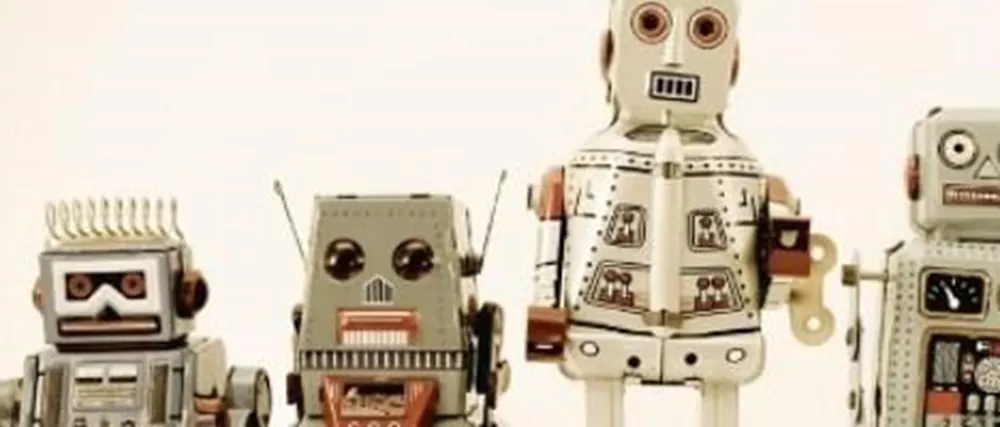According to Oxford Professors, a third of all UK jobs could become obsolete due to advances in robotics and computing in the next 20 years.
Countless Hollywood blockbusters have played on our anxieties about robots, portraying dystopian futures in which machines rule the earth, but in reality machines have been steadily replacing human workers since the industrial revolution. A report on the future of employment, focused on extent of computerisation in America written by Oxford Professors Carl Benedict Fray and Michael Osborne, builds on their earlier research. The report warns that advances in robotics are likely to cause a widening in the gap between the highest incomes and lowest incomes, as the mid-group contains jobs most at risk of replacement by computers and machines.
A report in 2013 by The New York Federal Reserve showed that routine work would be completed by robots leaving only the highest and lowest skill work being completed by humans. By ‘routine work’ they mean manual jobs, such as labouring, manufacturing and transporting, as well as office jobs, including assistant work, sales and data entry. The data taken shows a definite trend of routine work decreasing as more of these systems are automated and computer programs become more advanced.
Looking at the positives, although many current job roles are predicted to disappear altogether due to robotics, it follows that new jobs in robotics and robotic handling will likely develop in their place. Robotics itself is an interesting and fast developing world -wide industry. By nature it is rich in innovation, spanning several different disciplines, such as engineering, electronics and software.
Generally when we think of robots and robotics, leaving aside the novelties brought out like shiny new toys at tech fests the world over, we think practical and industrial. According to the British Automation & Robot Association (BARA) the definition of a Robot is a ’re-programmable device designed to both manipulate and transport parts, tools or specialised manufacturing implements through variable programmed motions for the performance of specific manufacturing tasks.’
Roboticarts are showing the world that robotics needn’t be confined to the definition above. Their primary product, RoboScreens, consists of display screens moved by robotic arms. They are used to create mesmerising visual shows at concerts for world renowned artists. What makes them different to robots more commonly used in assembly lines is the fluidity of motion. Roboticarts’ secret is their application of computer animation techniques to robotics, which means that their robotic arms more closely mimic the complexity of human movement.
Andy Flessa, a robotics animator at Roboticarts is passionate about robotics and doesn’t see them in the same way your typical engineer does; he sees the possibilities for their use in entertainment and the arts. Imagine cinemas with moveable screens that could break apart and re-assemble to enhance the action in film. Forget the anxieties and fear mongering, Andy Flessas’ view of robotics in our futures is positive, even affectionate. Talking to Wired UK he describes them as extensions of humanity, allowing us to achieve the impossible; enhancing us and what we can do not limiting or replacing us.
Creating robots that can perfectly imitate human movement is the holy grail of robotics. Any UK SME’s involved in this endeavour, be it in electronics, engineering or software development should ask themselves if they are trying to achieve something that hasn’t been done in the same way before and if have they come across unique problems in this process? If they can answer yes, they should contact a tax specialist as they are likely to be entitled to tax relief in the form of R&D tax credits, which can offer a real boost to company trying to get their product to market.
Get credit for your business innovation with research and development tax credits claim assistance from RIFT. Find out more about R&D tax credits for software development, deep dive into the world of business innovation with our insights, or contact RIFT R&D today to find out how we can maximise your benefits.

